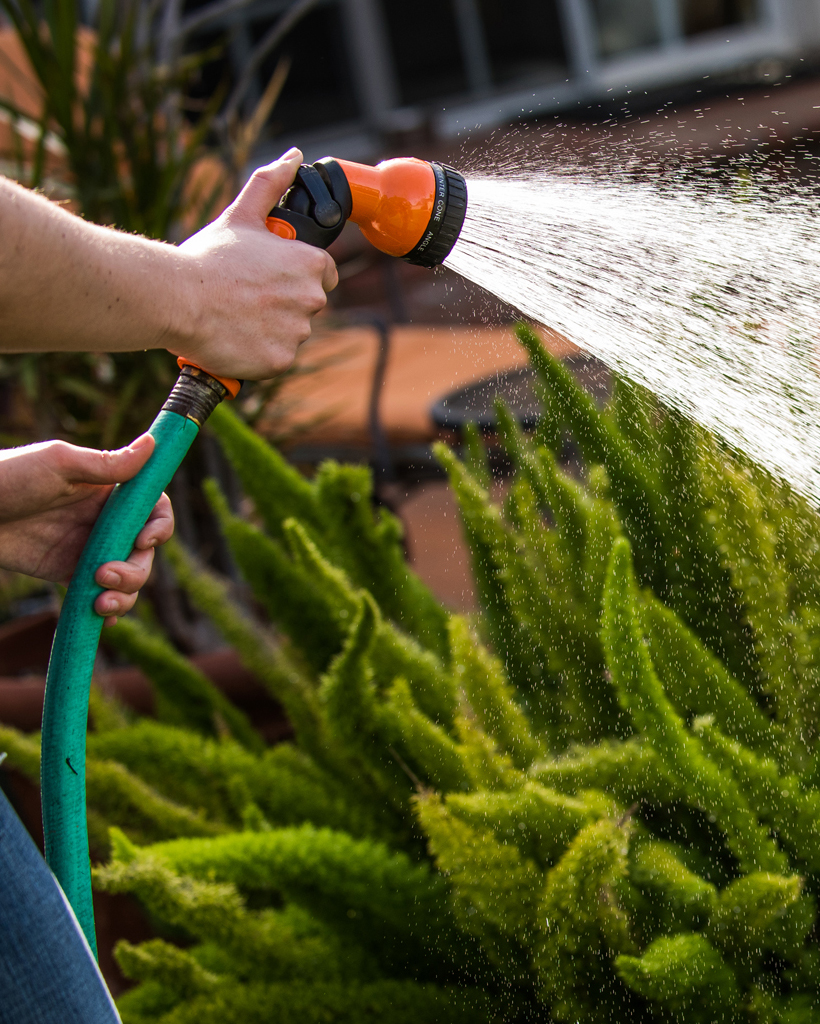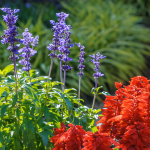Drought is a regular occurrence during our South Texas summer. But with a little preventive care, you can help minimize plant damage and mortality.
In the decades that I’ve lived in South Texas, I’ve learned several things about drought: it occurs often, plants rebound, and a little preventive care goes a long way.
Although we have had a couple of serious droughts during the past few years, most plant mortality occurs after several contiguous years of deficit spring and fall precipitation. Moderate watering during those months will prevent serious mortality regardless of summer drought.
Most grasses — even St. Augustine — rebound with the advent of normal precipitation. As for trees and shrubs, those that haven’t been planted or established properly or planted in very limited soils are the ones that die or don’t perform to expectations.
There are a few things you can do to help minimize plant damage and mortality.
- Use native species — they know how to survive periodic droughts.
 Plant appropriately and establish with the correct amount of consistent water using the 3-2-1 method.
Plant appropriately and establish with the correct amount of consistent water using the 3-2-1 method.- Add compost (approximately ¼ inch)to turf and beds — organic matter increases the water-holding capacity of soil.
- Apply mulch to landscape beds; one to two inches of wood chips or bark retain moisture for weeks at a time.
- Water moderately but consistently — once a week or twice a month — the summer to maintain survival.
- Never, ever fertilize a stressed plant. Wait until the late fall.
- Don’t fret. As I tell relatives in the Midwest, San Antonio weather is continuous drought, broken by periods of heavy flooding.
A lengthy drought, which is what we appear to be in, does not have to equal landscape demise. Our plants have seen one or two over the past 1,000 years and have survived.




